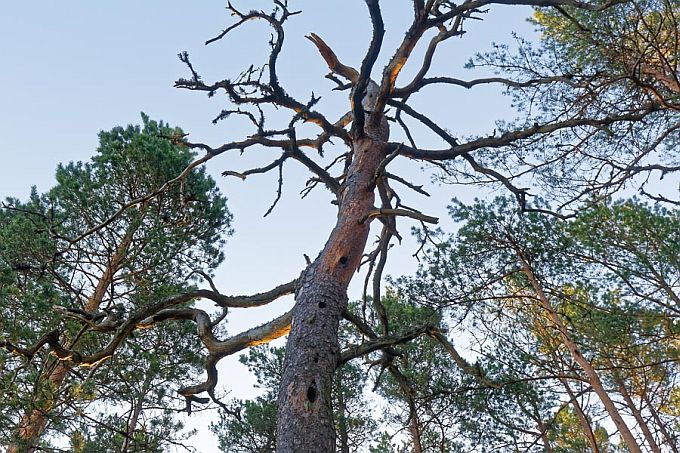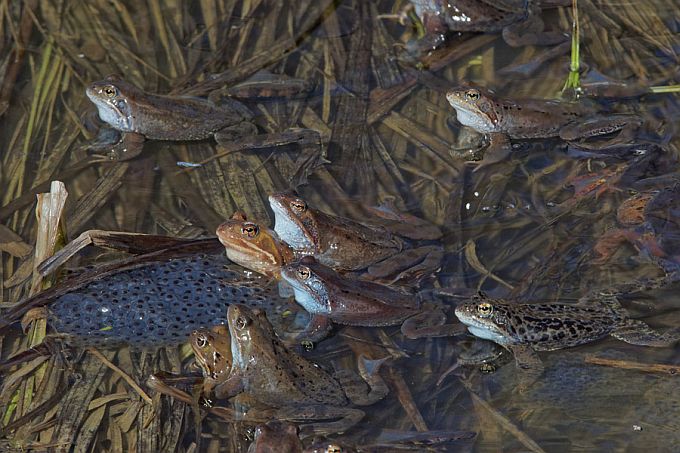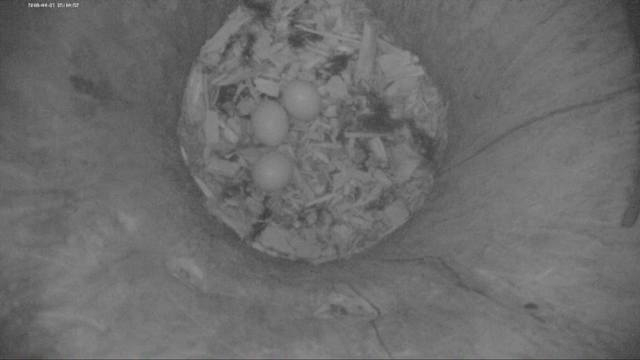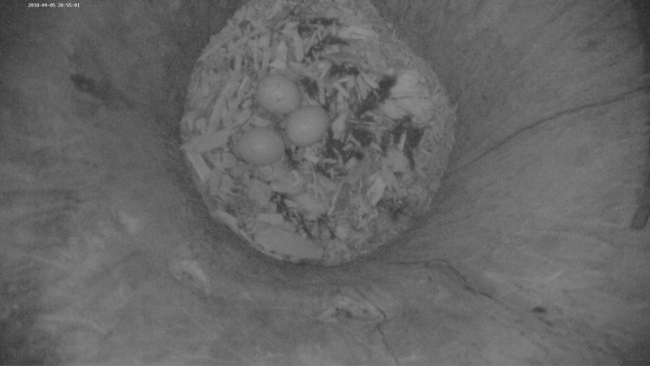Felling truce in state forests
The felling truce that was activated today is particularly aimed at preventing disturbances to birds nesting in old forests and animals during the reproduction period. The felling truce lasts until June 15th. An interruption of the spring felling has become a tradition in state forests from 2002.
In the state forests planting of more than 20 million trees is planned during the felling truce period and maintenance of young forests will be arranged on 40 thousand hectares..
Several private forest owners have also adapted their activities to the felling break.











